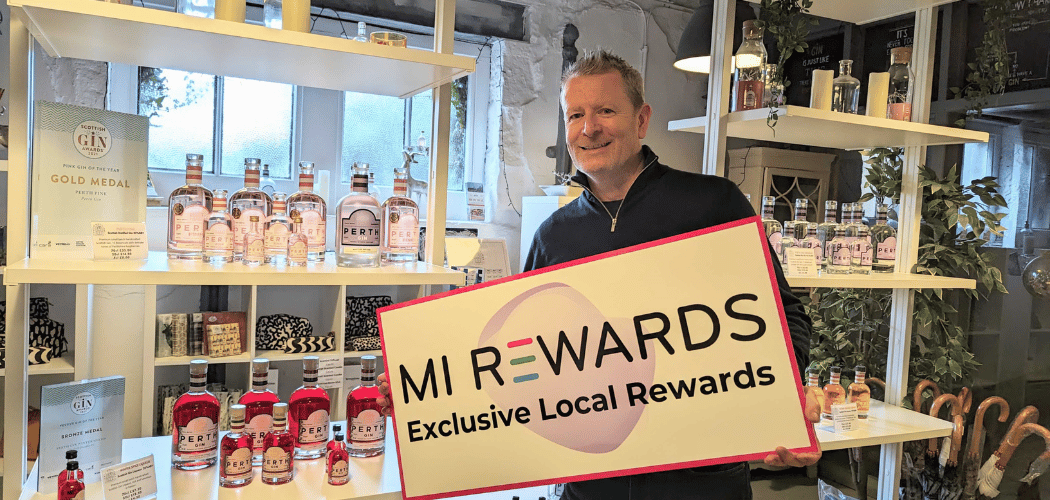How geolocation marketing ties into loyalty
While geolocation marketing tools and techniques are on the increase, and companies can at last not only see where their customers are but also send them instant location-relevant offers, consumers are slowly but surely overcoming their 'Big Brother' fears and embracing the benefits, according to Janet Titterton, director at Collinson Latitude, who examines the emerging opportunities in customer loyalty-related geolocation marketing.
Indeed, the short history of geolocation marketing has already been dramatic. Great excitement rapidly took hold when marketers began to consider the opportunities created by geolocation apps and services on personal mobile technologies, particularly smartphones. Suddenly, companies could not only know where their customers were at a specific moment but could also then offer those customers targeted, location-based services and offers.
Customers, however, were less sure of the benefits. An Orwellian vision of constant monitoring and surveillance - 'Big Brother in a mobile phone', as it were - created discussions about privacy concerns. Equally, customers expressed concerns about being interrupted and receiving invasive, unwanted and therefore irritating communications, when consumers desire self-empowerment.
Those fears, however, are proving misplaced and, in turn, geolocation services and apps are proving increasingly popular. To date, over 40m people have 'checked in' at a location using a geolocation app and, according to a 2011 survey by White Horse Digital Futures Group, 40% of US smartphone users have adopted location-based services. Over the next 18 months, these numbers will continue to rise, moving from a significant trend toward standard practice.
So why have users' doubts been overcome? Because geolocation marketing does not invade personal privacy or irritate people - only bad geolocation marketing does that. Targeted communications are welcomed by the customer whilst retailers are more likely to gain customer interaction if relevancy is respected.
One of the reasons sports brands have been so successful in creating thriving running communities is because customers trust that brands such as Nike will handle personal information responsibly. If that trust were abused, the community would soon collapse, and the trust along with it. However, in return for engaging with Nike through Nike+, community members enjoy the benefits of using mobile technology, including geolocation, to track their runs and athletic performance, from average speeds to favourite routes. Those results can then be proudly shared with friends through social media. This way brands are not only building rewarding relationships with customers and potential customers but, by exploiting social media, are encouraging those people to 'spread the word' and in effect become the distribution channel for marketers. Positive word of mouth remains the most powerful and influential marketing of all and there are no platforms more rapid or global than social networking communities.
How else then can loyalty operators effectively exploit the potential of geolocation - potential that might not quite have delivered the instant revolution once expected but which is nonetheless evolving to create powerful opportunities for customer interaction?
Social engagement, such as Foursquare, Facebook Places, Gowalla and Google Latitude, are a great start. These applications enable you to connect with friends, meet new people and collect discounted offers and rewards from your chosen location. A recent White Horse Futures Group survey cited this social interaction as the primary reason for consumers using geolocation services, which explains the high correlation between social media users and location-based services usage. Brands need to offer targeted value propositions to their customers, complemented by a meaningful and engaged community that people are attracted to being part of.
Checking in to locations is motivated by the prospect of some form of value exchange, be it social interaction, obtaining useful information or finding deals. Loyalty-related marketing needs to offer added value, personalised to the customers' interests and needs. The ability to redeem loyalty currency with relevant offers provides a very powerful value incentive for consumers to share their location. This is why social media is so important to geolocation; because it gives the opportunity for brands to utilise the growing customer data interactions available, to ensure their offers are well-received.
Geolocation has also proven its value because it offers such timely opportunities - you can effectively target customers at important points in the consideration cycle and influence their buying decisions with compelling offers.
The potential at this point of consumer adoption through geolocation is diverse and enormously appealing to any marketer, from targeting a customer walking through an airport duty free shop through to engaging people's attention at a busy event, such as a music festival or a trade show. For example, in the UK, Starbucks teamed up with O2 in 2010 to become one of the first to deliver geotargeted SMS and MMS to its opted-in subscribers, giving O2 customers offers whenever they were near a Starbucks outlet. O2 has taken location-based marketing and loyalty even further with its Priority Moments campaign.
But that 'push' is only the beginning. The possibilities for profitable customers through near-field communication (NFC) and contactless payments are hugely exciting.
Mobile payments provide an ideal opportunity for two-way digital communication. With a simple 'tap' transaction, for example, the customer makes a payment (using the discount offer just sent to the smartphone) and immediately receives loyalty points. Those points, in turn, can later be redeemed through another NFC transaction. The entire 'cycle' is streamlined, from targeted marketing to earning and redeeming loyalty currency - plus it is conducted, cash-free, with a mobile phone.
These targeted offers have the ability to be even more highly specified, due to the amount of real-time data provided about individual consumer spending habits through each payment. In addition, the physical shop can then share some of the advantages of the online store which, nowadays, has more opportunities to offer a personalised service than a high street shop. Take Amazon, for example: the company is well-known for sending recommendations based on previous purchases - a communication that currently cannot be matched by those physically selling you products in-store.
All these communication opportunities can be maximised by retailers through ensuring that they have a consistent multi-channel strategy that covers social media, online, in-store and mobile. The convergence of these channels demands a single view of how customers experience brands.
Brands have so far only started the journey toward effective geolocation marketing, and where it will all end up remains to be seen. One thing is certain, however: early entrants who respect consumers' privacy and get the value exchange right will reap rewards. Ultimately, we may see channel fatigue in years to come, but there is still plenty of time to benefit.
More Info:




